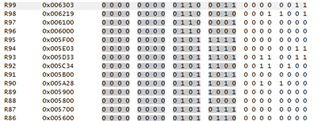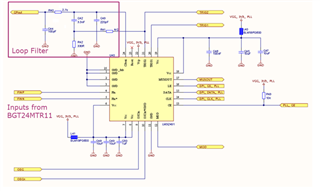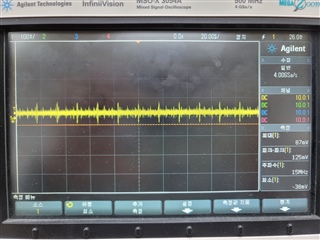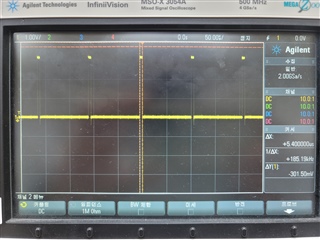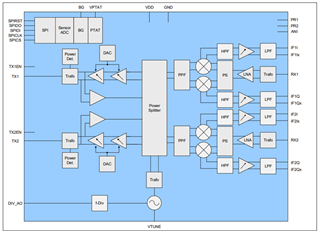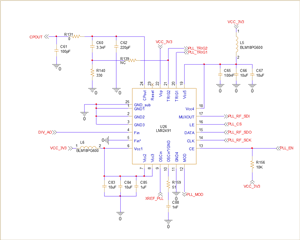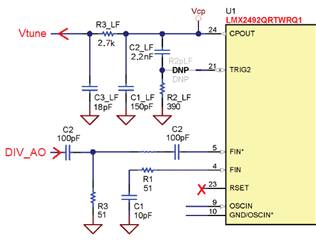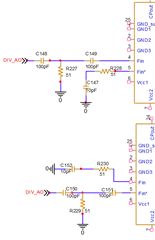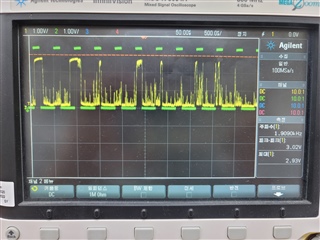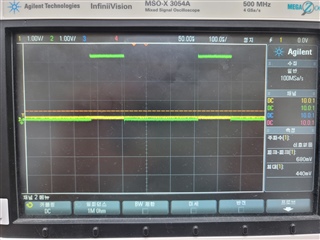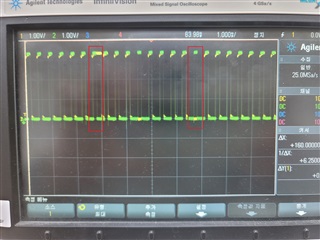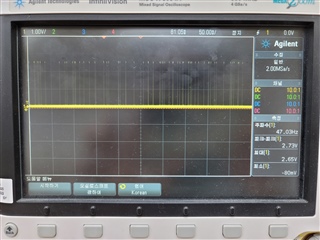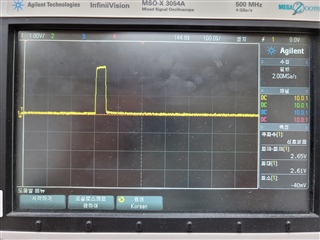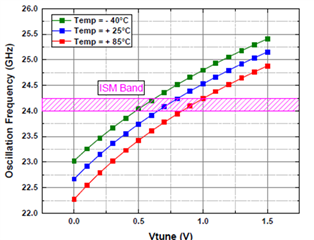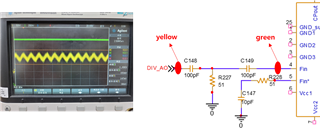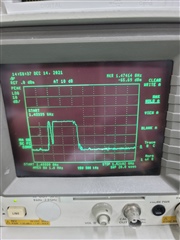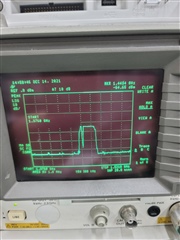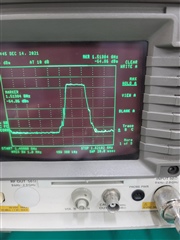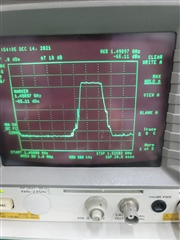Hello.
LMX2491 CHIP related question.
Ramp length is set by register settings.
I set a value of 160us, but when I look at the TRIG value, I get 16us.
I don't know why.
Below is the register setting value.
And there is no output to CPOUT either.
So I was wondering if there is something wrong with the register settings.
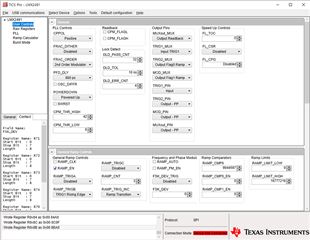
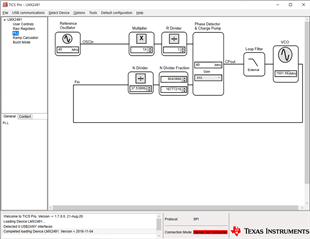
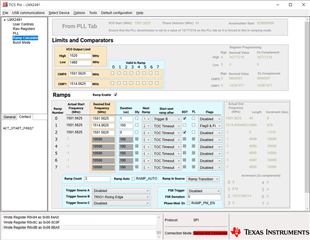
R106 0x006A04
R105 0x006900
R104 0x006800
R103 0x00673F
R102 0x0066FF
R101 0x0065FA
R100 0x0064E2
R99 0x006343
R98 0x006219
R97 0x006100
R96 0x006000
R95 0x005F00
R94 0x005E03
R93 0x005D33
R92 0x005C34
R91 0x005B00
R90 0x005A28
R89 0x005900
R88 0x005800
R87 0x005700
R86 0x005600
R85 0x005500
R84 0x005400
R83 0x005303
R82 0x005201
R81 0x005100
R80 0x005000
R79 0x004F00
R78 0x004E00
R77 0x004D00
R76 0x004C00
R75 0x004B00
R74 0x004A00
R73 0x004900
R72 0x004800
R71 0x004700
R70 0x004600
R69 0x004500
R68 0x004400
R67 0x0043DA
R66 0x004202
R65 0x004175
R64 0x004000
R63 0x003F00
R62 0x003E8A
R61 0x003D02
R60 0x003C75
R59 0x003B01
R58 0x003A01
R57 0x003900
R45 0x002D00
R44 0x002C00
R43 0x002B00
R42 0x002A00
R41 0x002900
R40 0x002800
R39 0x00273A
R38 0x0026FA
R37 0x0025F2
R36 0x00240F
R35 0x002341
R34 0x002284
R33 0x002120
R32 0x002000
R31 0x001F2A
R30 0x001E06
R29 0x001D00
R28 0x001C1F
R27 0x001B08
R26 0x001A00
R25 0x001901
R24 0x001800
R23 0x001700
R22 0x001600
R21 0x00158A
R20 0x001400
R19 0x001300
R18 0x00122C
R17 0x001100
R16 0x001025
R15 0x000F00
R14 0x000E00
R13 0x000D00
R12 0x000C00
R11 0x000B00
R10 0x000A00
R9 0x000900
R8 0x000800
R7 0x000700
R6 0x000600
R5 0x000500
R4 0x000400
R3 0x000300
R2 0x000201
R1 0x000100
R0 0x000018




